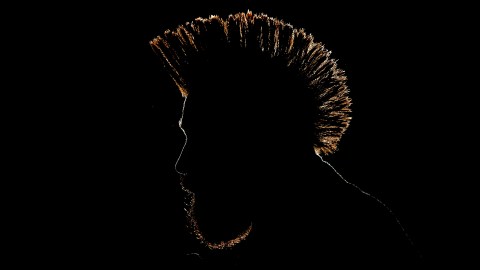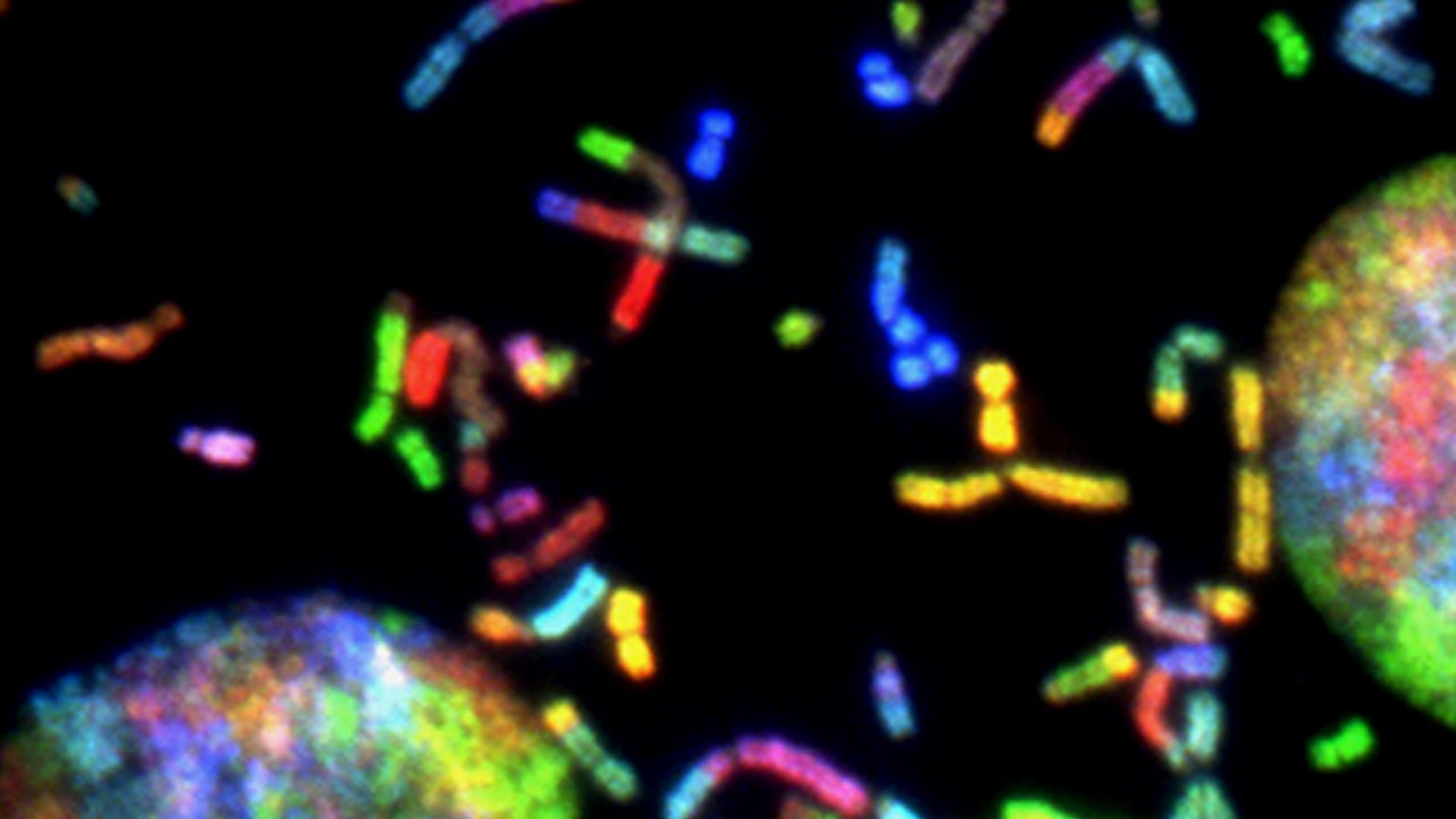4 beneficial evolutionary mutations that humans are undergoing right now

Most random genetic changes caused by evolution are neutral, and some are harmful, but a few turn out to be positive improvements. These beneficial mutations are the raw material that may, in time, be taken up by natural selection and spread through the population. In this post, I’ll list some examples of beneficial mutations that are known to exist in human beings.
Beneficial mutation #1: Apolipoprotein AI-Milano
Heart disease is one of the scourges of industrialized countries. It’s the legacy of an evolutionary past which programmed us to crave energy-dense fats, once a rare and valuable source of calories, now a source of clogged arteries. But there’s evidence that evolution has the potential to deal with it.
All humans have a gene for a protein called Apolipoprotein AI, which is part of the system that transports cholesterol through the bloodstream. Apo-AI is one of the HDLs, already known to be beneficial because they remove cholesterol from artery walls. But a small community in Italy is known to have a mutant version of this protein, named Apolipoprotein AI-Milano, or Apo-AIM for short. Apo-AIM is even more effective than Apo-AI at removing cholesterol from cells and dissolving arterial plaques, and additionally functions as an antioxidant, preventing some of the damage from inflammation that normally occurs in arteriosclerosis. People with the Apo-AIM gene have significantly lower levels of risk than the general population for heart attack and stroke, and pharmaceutical companies are looking into marketing an artificial version of the protein as a cardioprotective drug.
There are also drugs in the pipeline based on a different mutation, in a gene called PCSK9, which has a similar effect. People with this mutation have as much as an 88% lower risk of heart disease.
Beneficial mutation #2:Increased bone density
One of the genes that governs bone density in human beings is called low-density lipoprotein receptor-related protein 5, or LRP5 for short. Mutations which impair the function of LRP5 are known to cause osteoporosis. But a different kind of mutation can amplify its function, causing one of the most unusual human mutations known.
This mutation was first discovered fortuitously, when a young person from a Midwest family was in a serious car crash from which they walked away with no broken bones. X-rays found that they, as well as other members of the same family, had bones significantly stronger and denser than average. (One doctor who’s studied the condition said, “None of those people, ranging in age from 3 to 93, had ever had a broken bone.”) In fact, they seem resistant not just to injury, but to normal age-related skeletal degeneration. Some of them have benign bony growths on the roof of their mouths, but other than that, the condition has no side effects – although, as the article notes dryly, it does make it more difficult to float. As with Apo-AIM, some drug companies are researching how to use this as the basis for a therapy that could help people with osteoporosis and other skeletal diseases.
Beneficial mutation #3:Malaria resistance
The classic example of evolutionary change in humans is the hemoglobin mutation named HbS that makes red blood cells take on a curved, sickle-like shape. With one copy, it confers resistance to malaria, but with two copies, it causes the illness of sickle-cell anemia. This is not about that mutation.
As reported in 2001 (see also), Italian researchers studying the population of the African country of Burkina Faso found a protective effect associated with a different variant of hemoglobin, named HbC. People with just one copy of this gene are 29% less likely to get malaria, while people with two copies enjoy a 93% reduction in risk. And this gene variant causes, at worst, a mild anemia, nowhere near as debilitating as sickle-cell disease.
Beneficial mutation #4:Tetrachromatic vision
Most mammals have poor color vision because they have only two kinds of cones, the retinal cells that discriminate different colors of light. Humans, like other primates, have three kinds, the legacy of a past where good color vision for finding ripe, brightly colored fruit was a survival advantage.
The gene for one kind of cone, which responds most strongly to blue, is found on chromosome 7. The two other kinds, which are sensitive to red and green, are both on the X chromosome. Since men have only one X, a mutation which disables either the red or the green gene will produce red-green colorblindness, while women have a backup copy. This explains why this is almost exclusively a male condition.
But here’s a question: What happens if a mutation to the red or the green gene, rather than disabling it, shifts the range of colors to which it responds? (The red and green genes arose in just this way, from duplication and divergence of a single ancestral cone gene.)
To a man, this would make no real difference. He’d still have three color receptors, just a different set than the rest of us. But if this happened to one of a woman’s cone genes, she’d have the blue, the red and the green on one X chromosome, and a mutated fourth one on the other… which means she’d have four different color receptors. She would be, like birds and turtles, a natural “tetrachromat”, theoretically capable of discriminating shades of color the rest of us can’t tell apart. (Does this mean she’d see brand-new colors the rest of us could never experience? That’s an open question.)
And we have evidence that just this has happened on rare occasions. In onestudy of color discrimination, at least one woman showed exactly the results we would expect from a true tetrachromat.
—
Image courtesy of iStock




